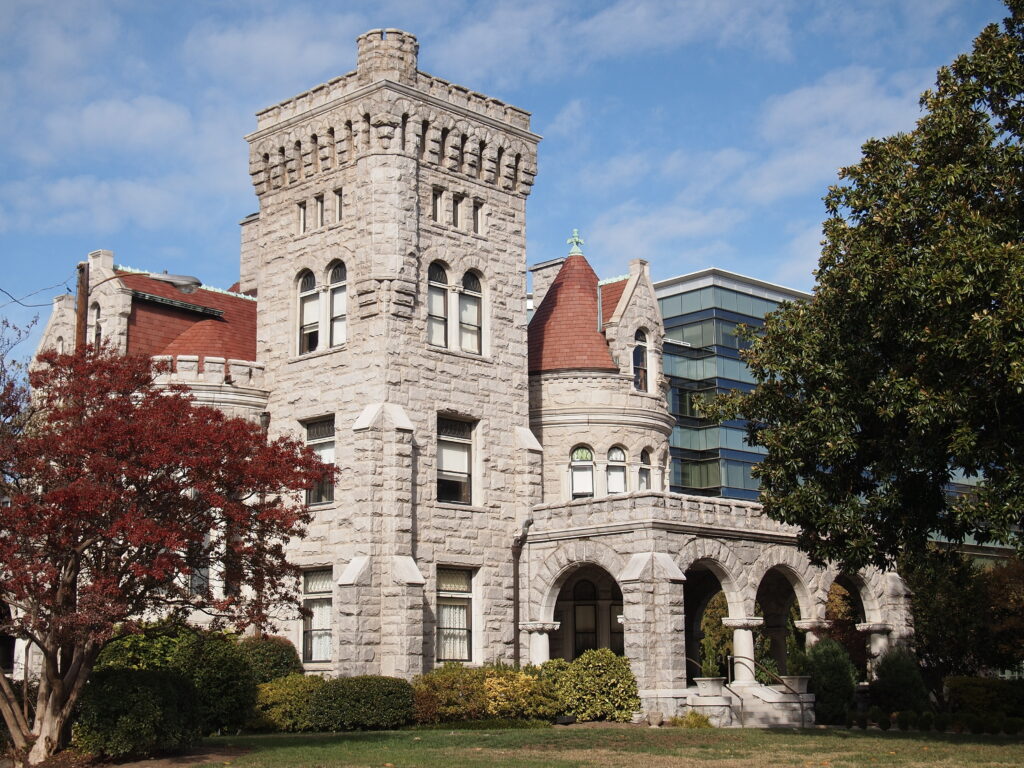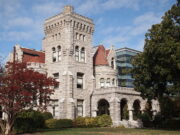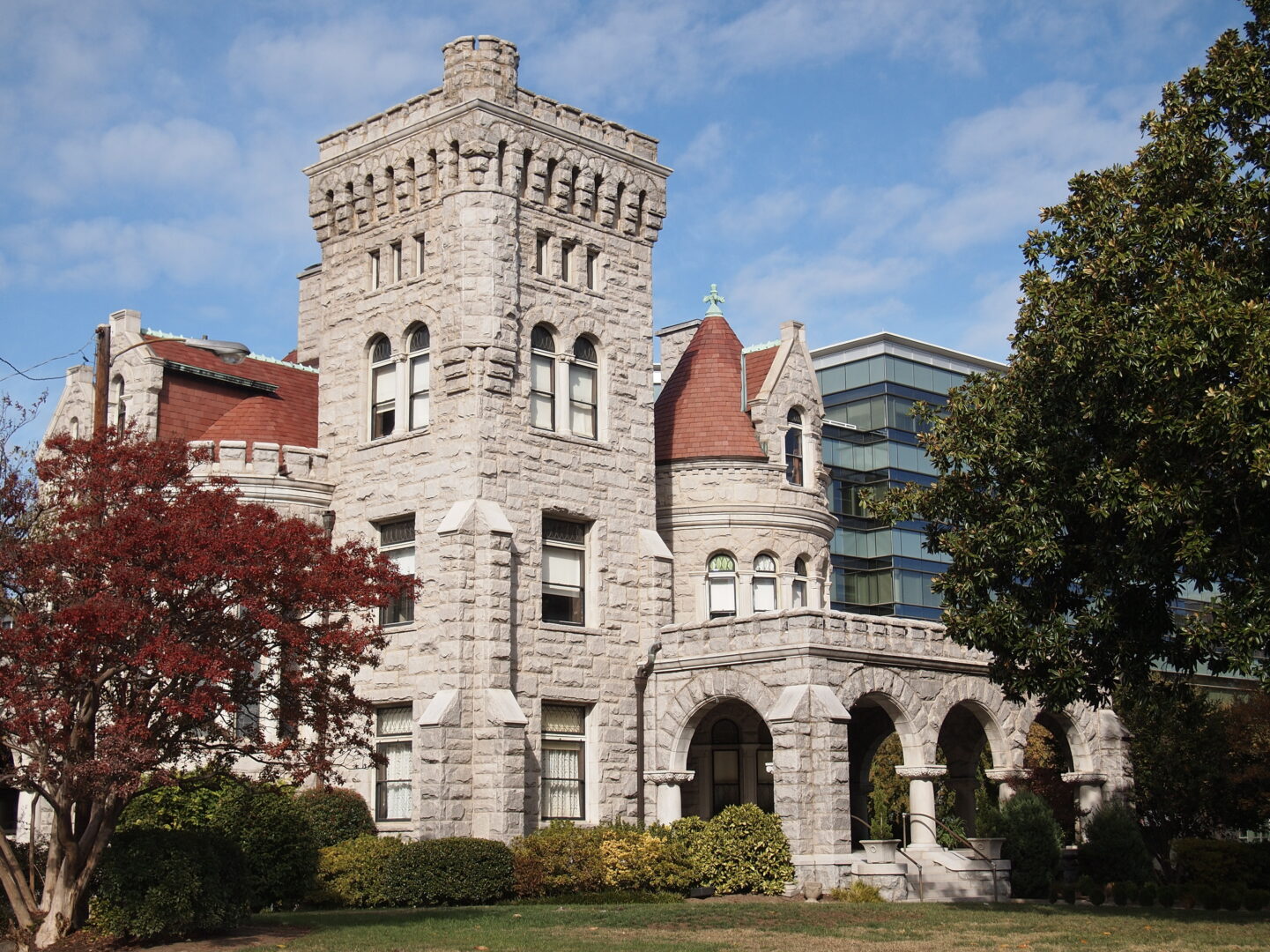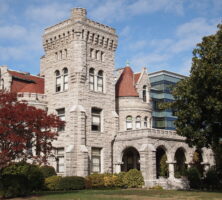W. F. Denny was an important transitional figure in the development of Georgia architecture at the turn of the twentieth century. His work reflects the major shifts in design that took place at that time when the picturesque, eclectic forms of the Victorian era gave way to neoclassicism and more historically accurate period revival styles.
Willlis Franklin Denny II was born in Louisville, the seat of Jefferson County, in 1874. Trained professionally at Cornell University in Ithaca, New York, Denny gained most of his expertise by working in established architectural firms, including Bruce and Morgan in Atlanta. At twenty-three he launched his own business and was instantly successful. Considering the brevity of his career—he died from pneumonia at the age of thirty-one—the range of his work is astonishing.
Although he designed many public and commercial buildings, like the Jefferson County Courthouse and the grand Piedmont Hotel in Atlanta, Denny is best known for his residential and church architecture. Atlanta’s First United Methodist and St. Mark’s United Methodist churches are prominent Peachtree Street buildings in the Gothic revival style. Smaller churches in this style were the Inman Park United Methodist Church in Atlanta (1897) and Central Baptist Church in Newnan (1898). While designing these traditionally styled churches, Denny also produced the Westminster Presbyterian Church and the Hebrew Synagogue (both in Atlanta) in a neoclassical style more in keeping with the newer trends of the time.

Image from Lars Juhl Jensen
The transitional nature of his work can also be seen in his domestic designs. Rhodes Hall in Atlanta (1903) is a late example of picturesque Victorian, with its irregular floor plan and massive exterior features in the Romanesque revival style, accented with castlelike, crenellated towers and parapets. Other homes by Denny, however, exhibit his talent in neoclassical (the Victor Kriegshaber House, Atlanta, 1900) and period revival styles.
Denny’s early death prevented him from fulfilling his very promising beginning. His legacy was greatly enhanced by the prominent careers of Eugene Wachendorff and Neel Reid, who both trained in Denny’s office and became notable designers in the new century. The range of Denny’s work shows how one talented designer handled the dramatic transition in architectural styles at the turn of the century.






